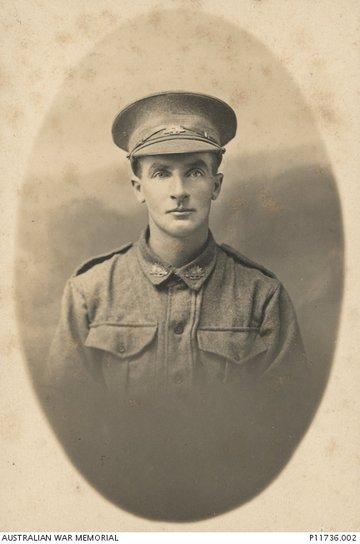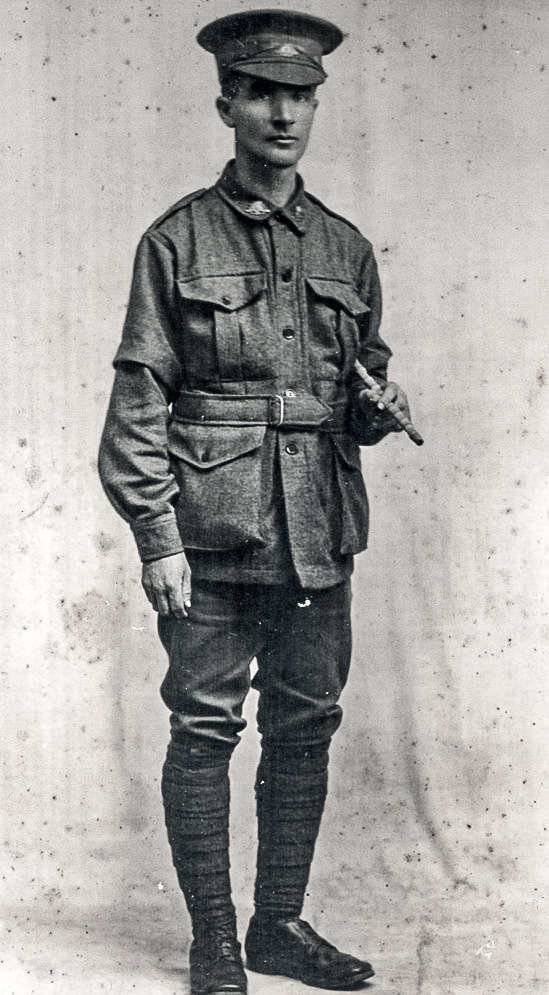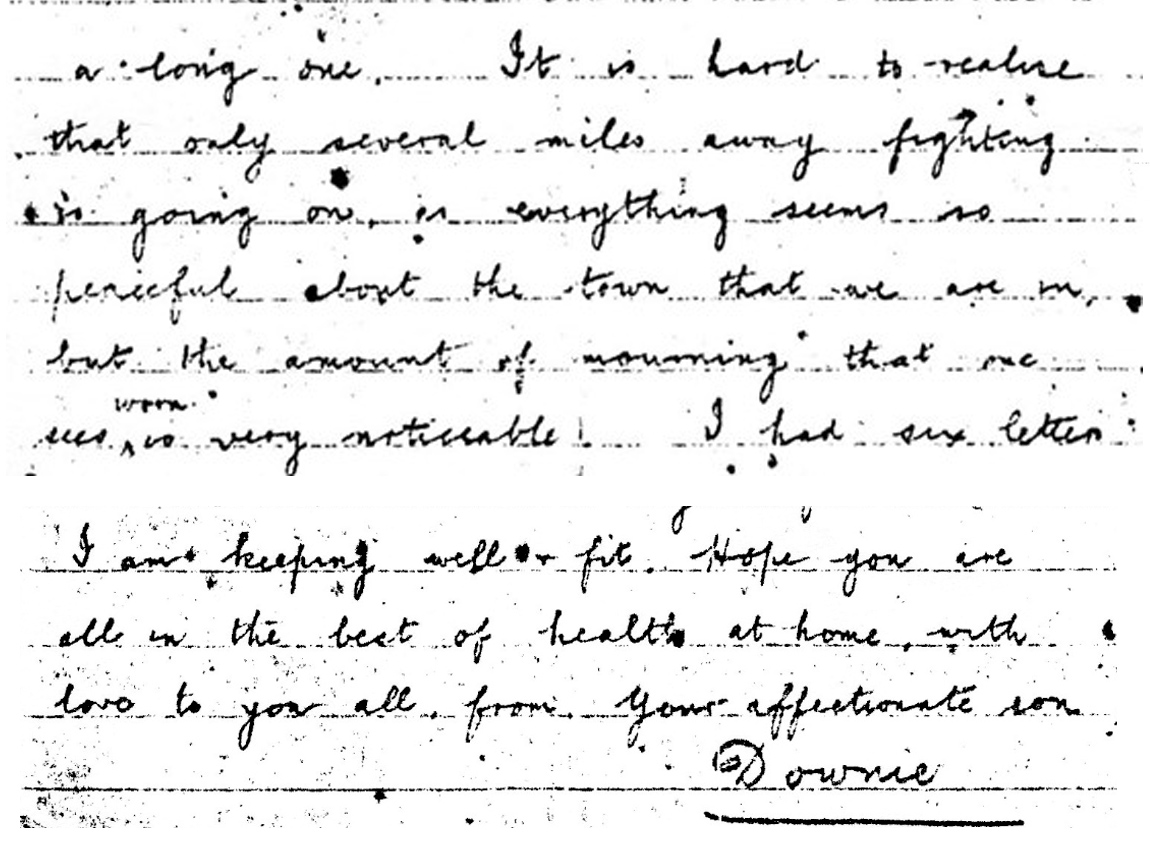Downie DODD
Eyes blue, Hair brown, Complexion dark
Downie Dodd - Recovered by the Germans
Can you help us identify Downie?
Downie Dodd was killed in Action at Fromelles. There is a chance he might be identified, but we need help. Downie was in the advance area and his body was recovered by the Germans so he could very well be one of the 70 yet unidentified soldiers (2024) from the grave. We are still searching for suitable family DNA donors.
In 2008 a mass grave was found at Fromelles, a grave the Germans dug for 250 (Australian) bodies they recovered after the battle.
If you know anything of contacts here in Australia or his relatives from Scotland, please contact the Fromelles Association.
See the DNA box at the end of the story for what we do know about his family.
The Dodd Family
Downie was born in Glasgow on 17 March 1883 to William and Margaret (nee Ritchie) Dodd. He had four brothers and one sister, who had died in childhood. He did his schooling at Parkhead Public School and Glasgow Technical College, Scotland.
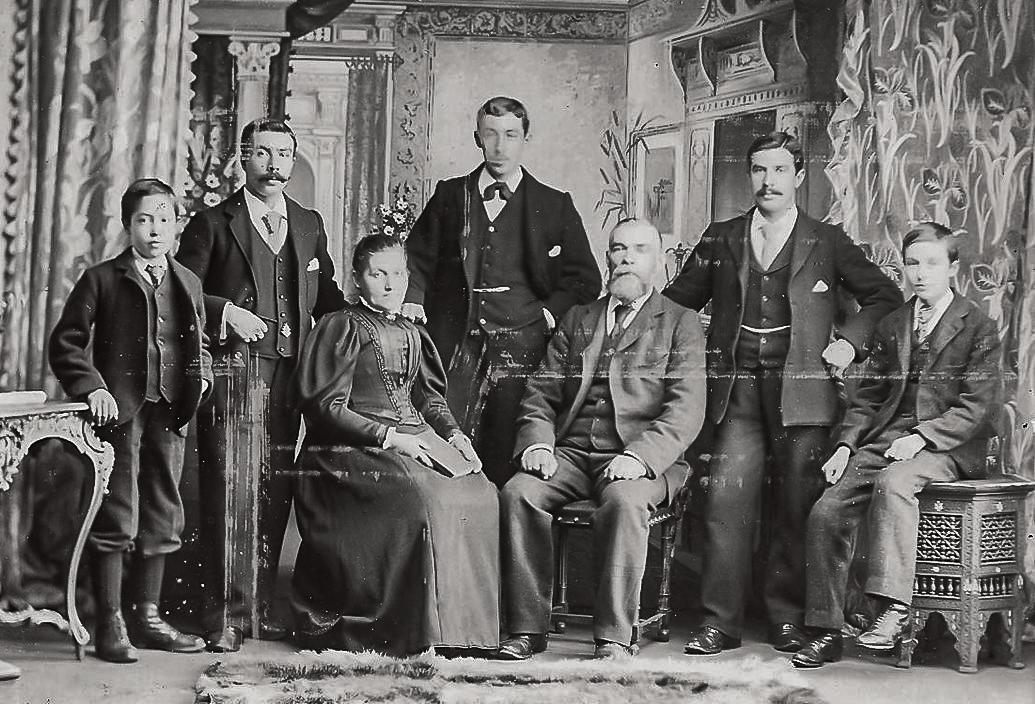
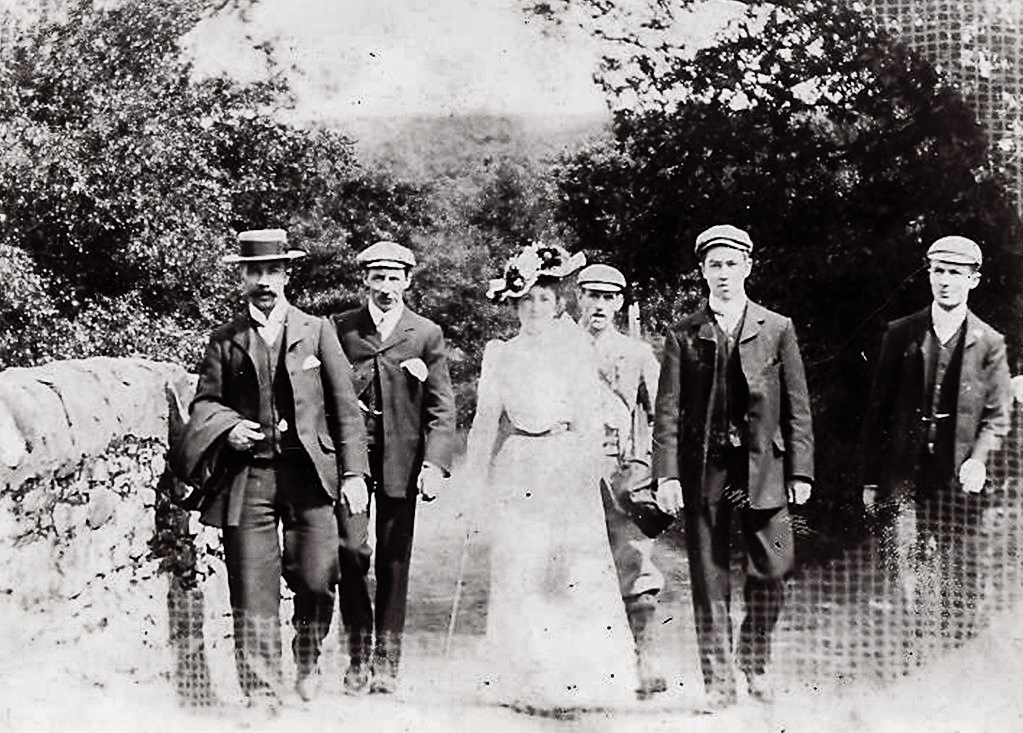
In about 1912, Downie came to Australia with his brothers Robert, William and James. His other brother Henry had previously emigrated to Canada. After checking out opportunities in Queensland, they all settled in New South Wales. Bob then arranged for his wife, Alexandra, and their three small children and his mother and father to join them. They arrived on the ship, Ceramic, just one month before the start of World War 1. The family were builders and bricklayers. Robert and Alexandra built their family home in Five Dock, a suburb of Sydney and then three other houses were built nearby for other family members.
There were, of course, gates between each of the houses to make for easy access and visiting. James, who also served in the War (53rd Battalion, service number 1899), married Hannah Mirritt Murphy on 28 May 1918 in his old hometown of Glasgow. Interestingly enough, this happened while he was in the UK recovering from having been wounded in the Battle of Villers Bretonneux in late April 1918. (They had to have known each other before he had emigrated to Australia in 1912.)
James returned to the Front in the middle of August and was wounded again in the fighting at Anvil Wood on 1 September 1918. This time it was a gunshot wound in his left leg which also required hospitalization in England. He was sent home on a hospital ship in January 1919.
Downie off to War
At 32 years old, Downie enlisted in November 1915 and was assigned to the 4th Battalion. He started his military training in Sydney and he left for Egypt in March 1916. When he arrived in Egypt, major reorganizations were going on for distributing all the new recruits arriving from Australia. Downie was transferred to the 56th Battalion, B Company. His unit was at Ferry Post and the Duntroon Plateau until mid-June. It was not all work, however.
They did get to swim in the Suez Canal and there was a Brigade sports day held on 10 June. Soon after the sports day, orders to move to the Western Front were received and on 20 June, 990 soldiers of the 56th embarked from Alexandria on HMT Huntsend, headed for Marseilles. They spent a few days in Malta before arriving in Marseilles on 29 June. All were then put on trains for a 60+ hour train trip to their camp at Thiennes, 30 km from Fleurbaix.
The Battalion then moved on to Estaires, just 10 km from the trenches. Training continued now with gas helmet practice, Lewis gun training and route marches.
Letter from Downie Dodd in France to his parents in Australia dated 10th July 1916:
10/7/16
Dear Father and Mother,
We arrived at France about the 1st July after a journey of sixty hours on the train, we disembarked and were billeted in the barns of the various farmhouses round about. We did not touch at Paris, but came through Lyons, Amiens & Boulonge but the only time we got off the train is when we stopped for meals, all rations being carried with us and water boiled for tea at the stopping places, you will understand that the journey was not made at a record pace but it was not tedious as from start to finish the country through which we passed was a very pretty one and mainly agricultural. We were shifted from out farm billets yesterday and after several hours marching, billeted afresh. But I do not think that our stay here will be a long one. It is hard to realise that only several miles fighting is going on, everything seems so peaceful about the town we are in, but the amount of mourning we see if very noticeable. I had six letter two days after settling here, all from Glasgow. One from Hannah, Maggie Gray, Nellie McGinley, Bill Norton, John Craig and Lizzie Shaw. Plus 2 parcels from the Craigs, one of them being only seven days on the road, but I was disappointed at not getting any from Australia, they seem to take a long time sorting them out. When you are writing you might just put, Number, Name, Company & Battalion. AIEF, that is all that is necessary to find me. I am keeping well & fit. Hope you are all in the best of health, with love to you all, from your affectionate son,
Downie
Downie was well aware of what lay ahead, writing home on the 16th July as he neared the front:
“It is hard to realise that only several miles away fighting in going on as everything seems so peaceful about the town that we are in, but the amount of mourning one sees worn is very noticeable.” “I am keeping well and fit. Hope you are all in the best of health at home, with love to you all, from your affectionate son. Downie”
The Battle of Fromelles
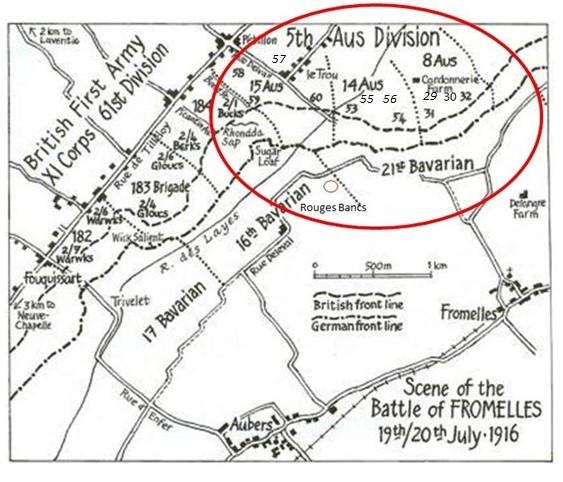
The last leg of their trip to the Front was on 12 July and the 56th were into trenches for the first time. They were immediately subjected to artillery shelling and a gas alert and spent the next three days there before being relieved. Orders were issued for an attack on the 17th, but it was postponed due to the weather. On 19 July, the battle began. The 56th’s role was to provide support for the attacking 53rd and 54th Battalions by digging trenches and providing carrying parties for supplies and ammunition. They would be called in as the ‘fourth battalion’ if needed for the fighting.
The main objective for the 14th Brigade was to take the trenches to the left of a heavily armed, elevated German defensive position, the ‘Sugar Loaf’, which dominated the front lines. If the Sugar Loaf could not be taken, the Australians would be subjected to murderous enfiled fire from the machine guns and counterattacks from that direction. As they advanced, they were to link up with the 31st and 60th Battalions on their flanks. The 53rd and 54th went on the offensive from 5.43 PM. They did not immediately charge the German lines, but went out into No-Man’s-Land and laid down, waiting for the British bombardment to lift.
At 6.00 PM the German lines were rushed. They were under heavy artillery, machine gun and rifle fire, but were able to advance rapidly. The 53rd and 54th did link up with the 31st and 32nd, occupying a line from Rouges Bancs to near Delangre Farm, but the 60th on their right had been unable to advance due to the devastation from the machine gun emplacement at the Sugar Loaf. At 8.00 PM, A and B Companies of the 56th were called to be in position at the 300 yard line between the communication trenches in the Brompton Ave and Milne Ave areas (see map). Heavy shelling of this area was underway. At 9.15 they advanced to the front-line trenches.
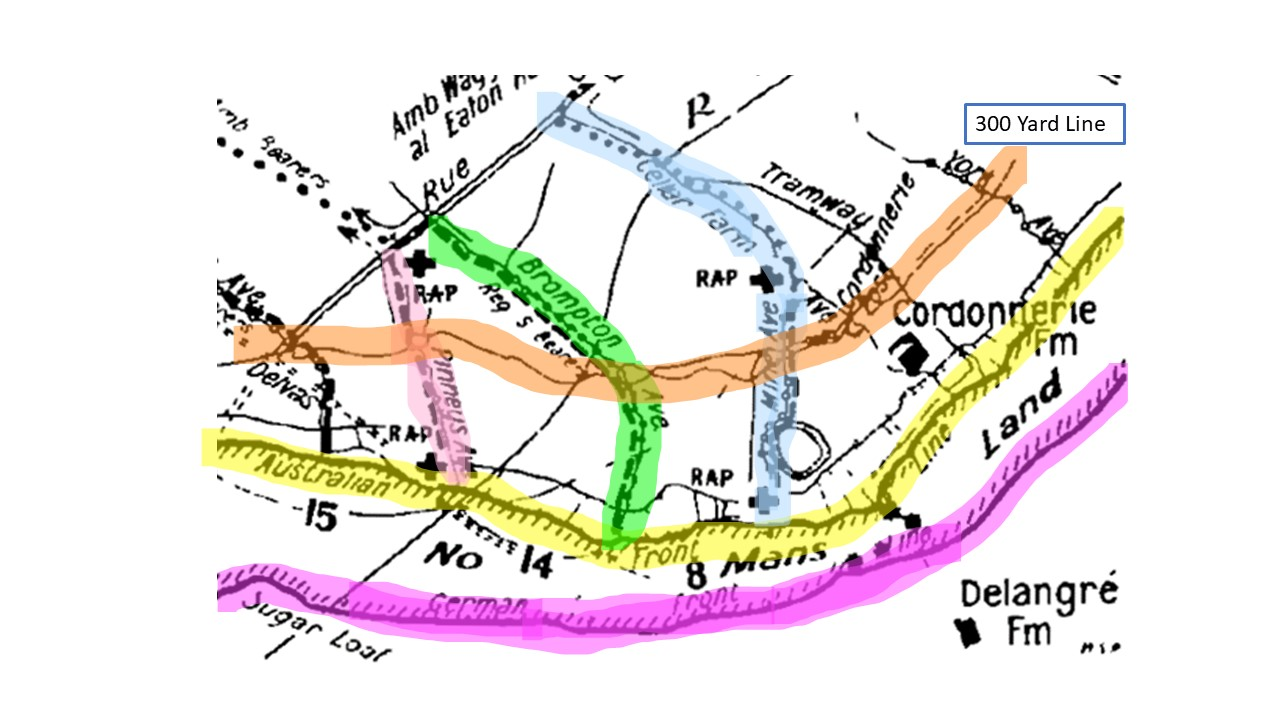
While in position at the front trench, very specific orders were received:
“to the effect that on no account whatever were these two Companies to leave the original front line trenches.”
At 11.00 PM, however, Downie’s B Company was called upon to dig a trench to the advance trenches, which they completed by 3 AM. It was duck-boarded and it greatly facilitated the movement of munitions to the attacking battalions as well as enabling the saving of “numerous lives” during the retirement of the troops the next morning. The Unit diary notes proudly “that it was the only trench in the Division, to be dug across “No man’s land”” – and this was achieved whilst under fire.
Source AWM4 23/73/6, 56th Battalion War Diaries, July 1916, page 9
The attacking battalions held their lines through the night against “violent” attacks from the Germans from the front, but their exposed right flank had allowed the Germans access to the first line trench BEHIND them, requiring the Australians to later have to fight their way back to their own lines. At 5.50 AM the 56th C & D Companies moved to the front lines to provide support for the retiring troops and to protect against German counterattacks. The German artillery was being directed at them, “great gaps were blown in the 300 yds line trench.”
Source AWM4 23/73/6, 56th Battalion War Diaries, July 1916, page 10
By 9.00 AM orders were received for the Brigade to retreat from positions won, but a number of the 56th B Company men went forward to help their mates against the German grenade attacks. At 9.30 AM the Brigade had “retired with very heavy loss”.
Source AWM4 23/14/4 14th Brigade July 1916 page 7
For a battalion that was to be in reserve as the ‘fourth battalion’, the initial count at roll call was 12 killed, 77 wounded and 13 missing. Ultimately the impact was that 51 soldiers were killed or died from wounds. Of this total, 8 remain missing/unidentified.
What happened to Downie?
Downie was among the missing after the battle. As Downie’s B Company was digging the support trench to the advance lines and were later was asked to help the bomb throwers, he would have been in the thick of the battle area well beyond the Australian lines and subject to all of the risks of shelling and gunfire. This is where he must have been killed as his body was recovered by the Germans. There are no Red Cross witness statements about what happened to Downie. Initially the family were advised that the Germans had returned his pay book and so it was thought he had been taken prisoner.
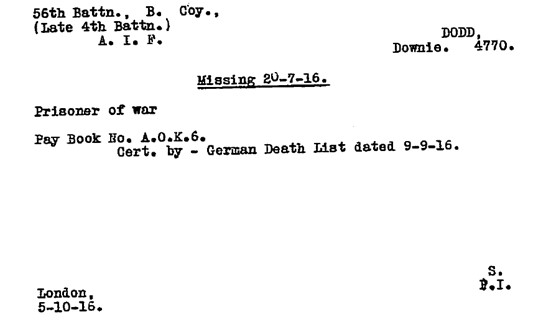
Some months later they received a copy of the German Death Voucher that had been translated and passed on by the Red Cross, stating that Australian Private Downie Dodd “fell in the vicinity of Fromelles”. In addition, his identity disk was returned to the family from Germany via the Red Cross.
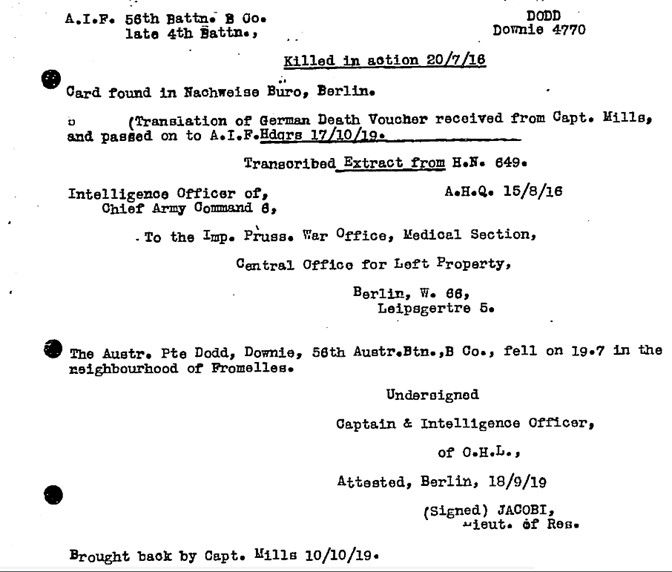
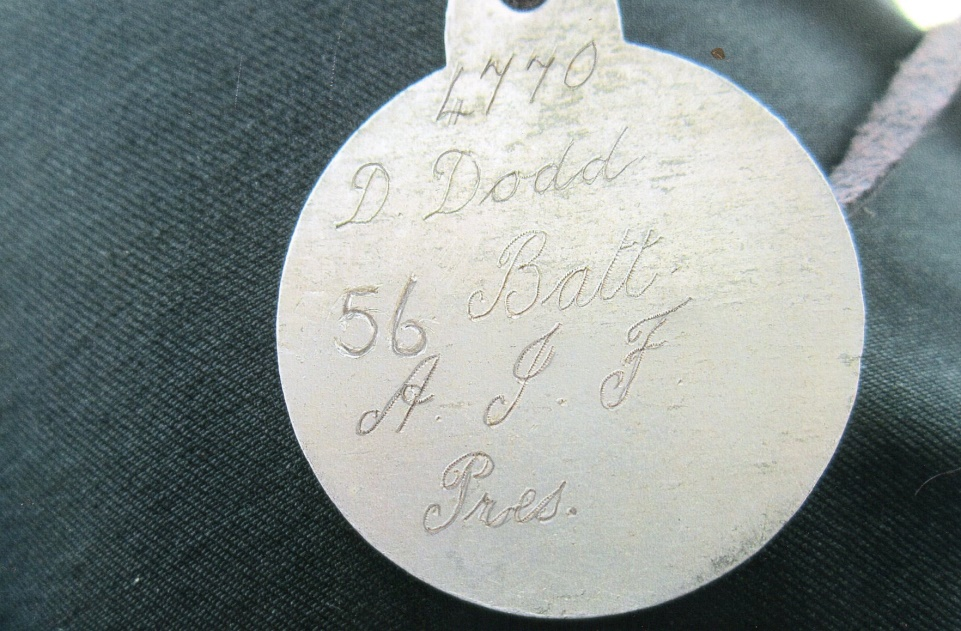
Downie Remembered
The family had received two letters from Downie from France, the last being three days before the battle. He wrote that he was disappointed that, although he had received six letters from Scotland, none had come through from Australia. He had a friend, Private Jacob Creighton (4759), who cared enough to write to the Army from his hospital bed in Fulham, respectfully asking for any news of Downie Dodd and another private, George McCann (4848).
It seems that these three had enlisted at Casula, New South Wales at around the same time and served together in the 56th Battalion. Sadly, both Downie and George were killed on 20 July 1916. Jacob was wounded that same day and was eventually returned to Australia and discharged medically unfit in May 1917. There were many letters seeking information about Downie from his brother Corporal James Dodd and from his cousin in Glasgow, Maggie Craig.
Strangely, amongst all the killing and turmoil, a soldier from the 56th later found Downie’s Testament five miles from where they went into battle. It was returned it to the family.
Downie received the Victory and British War Medals and a Memorial Scroll and Memorial Plaque.
He is commemorated at:
- V.C. Corner (Panel No 13), Australian Cemetery Memorial, Fromelles, France,
- The Drummoyne War Memorial,
- The Berger Memorial (Concord)
- and the Presbyterian Church Drummoyne’s Roll of Honour.
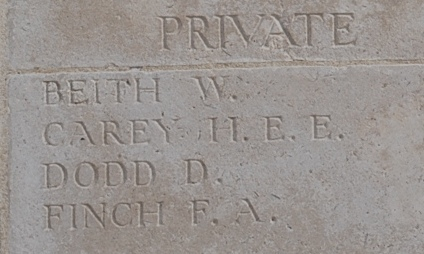
The Search for Downie
Not surprisingly, the current day family had no knowledge of Downies’ war, other than that he had been killed at Fromelles. With the discovery of the Pheasant Wood grave in 2008, an appeal went out from the Army for anyone who thought they may be related to the soldiers found in the grave. Descendants of Downie’s brothers registered with the Army as soon as this was issued. There was much excitement when their belief about Downie was confirmed when his name appeared on Lambis Englezos’ list of the Missing Soldiers of Fromelles. And from then on, the Army could not have been more helpful in keeping the family informed each step of the way.
The family did come forward with DNA donors to see if Downie was one of those in the grave. Sadly, although Downie was one of five brothers, the family were unable to provide suitable DNA to identify him. There are too many girls in the wrong place in the family tree to pass on the necessary DNA. Dodd family members, cousins Sandra and Jim, went to the dedication ceremony at Fromelles in 2010, knowing in their hearts that Downie was there even though a name could not be put to his grave. Sandra and Jim's respective mothers, Florence and Margaret, were the children mentioned in Downie's last letter home dated 16 July 1916.

Since 2010, a wonderful Scottish lady has assisted the family with extensive research in Scotland and now two distant cousins on Downie’s mother’s side of the family have been traced. So, we now have part of the DNA puzzle to hand, but we are still seeking that final important DNA donor, despite having already gone back many generations. While none of these unidentified soldiers from the 56th have been found to be in the mass grave, Downie was in the advance area and his body was recovered by the Germans so he could very well be one of the 70 yet unidentified soldiers (2024) from the grave.
Downie’s great niece, Sandra, is reconciled to the fact that she has investigated every possible line but to no avail. Although the family believe Downie is now buried at Pheasant Wood Cemetery, he has no headstone. As Sandra’s son said “It would be nice to have the icing on the cake, but at least we now have the cake.“ There are so many families who do not know where their soldier lies.
Seeking DNA Donors

Contacts
(Contact: carla@fromelles.info or geoffrey@fromelles.info).
(Contact: army.uwc@defence.gov.au or phone 1800 019 090).
Donations
If you are able, please contribute to the upkeep of this resource.
(Contact: bill@fromelles.info ).
